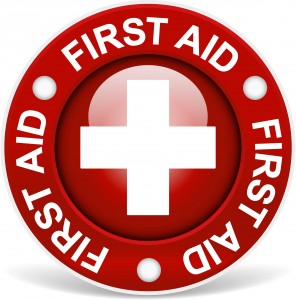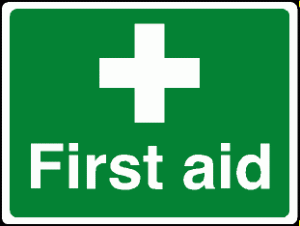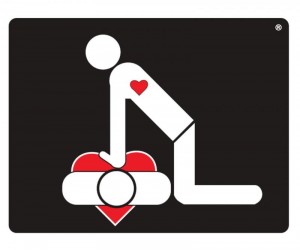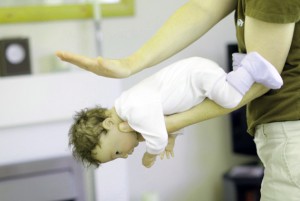It is a good idea to take a first aid course
so that you can recognize an emergency and give basic first aid. Learning basic first aid can help you cope with an emergency. You may be able to keep a person breathing, reduce their pain or minimize the consequences of injury or sudden illness until an medical assistance arrives.
Reasons Why You Should Take A First Aid Training Course for your own knowledge.
Â
Here are some of the reasons why you should take a first aid training course.
- When you have kids, you will want to protect them and take of them when they get hurt, and let’s face it they will get hurt at some point. Kids love to play and often the more dangerous the game is the more appealing it is to them but sometimes this can lead to serious injuries that need instant attention. If it is a head or neck injury then you will have to act before the ambulance arrives and that’s when it is vital to know what you are doing as the wrong actions can make the situation even worse .
- When you have elderly living with you then it is smart to have some first aid skills as elderly people are very susceptible to many dangers. These dangers could be natural such as a heart attack or stroke or they could be accidents such as falling down stairs, slipping in the shower etc. Being able to give them speedy medical attention can make a world of difference and can save a life.
- When you are into a sports. Maybe you are a coach or a spectator. Whatever your role is you can play an important part by learning first aid. We all know the risk surrounding sports, especially contact sports like rugby
and football which can cause serious injuries. If you have the basic first aid then you could be of help, make  a vital role in assisting someone who is injured especially if the game is in a remote location and hard for an ambulance or doctor to get to it quickly.
- Being a first aider in your workplace has many benefits. There are advantage to being able to help any of your colleagues who get injured or ill during work and there are personal benefits as well. Having a first aid role in your workplace will be impressive on your resume, it will impress your seniors and make your position within the company more stable and your employees will pay for your course which means that you will get your qualification for free.
- So far we have looked at how first aid training can help you to help others but importantly it will also give you the tools to look after yourself. If for example you are out for a walk or camping by yourself and you suffer an injury or turn for the worse then you will know what to do and while you may still need help you will be able to tend to wounds or diagnose problems well enough to keep you out of danger until that help arrives. Having first aid knowledge really can be the difference between life and death and the benefits of learning it are limitless.
The best way to actually learn first aid is to do a first aid course. It’s useful to know where to start when you are charged when delivering first aid, and even before that there are a few things to consider. You need to make sure you stay calm, in control and don’t panic, or else you won’t be able to help and could end up in need of help yourself.
Once you’ve got yourself sorted, assess whether the casualty is in a safe environment, or whether they are causing a blockage for anyone else. If they’re in a safe and secure place, great, if not, and if possible with regards to the severity of the injury, move them.







